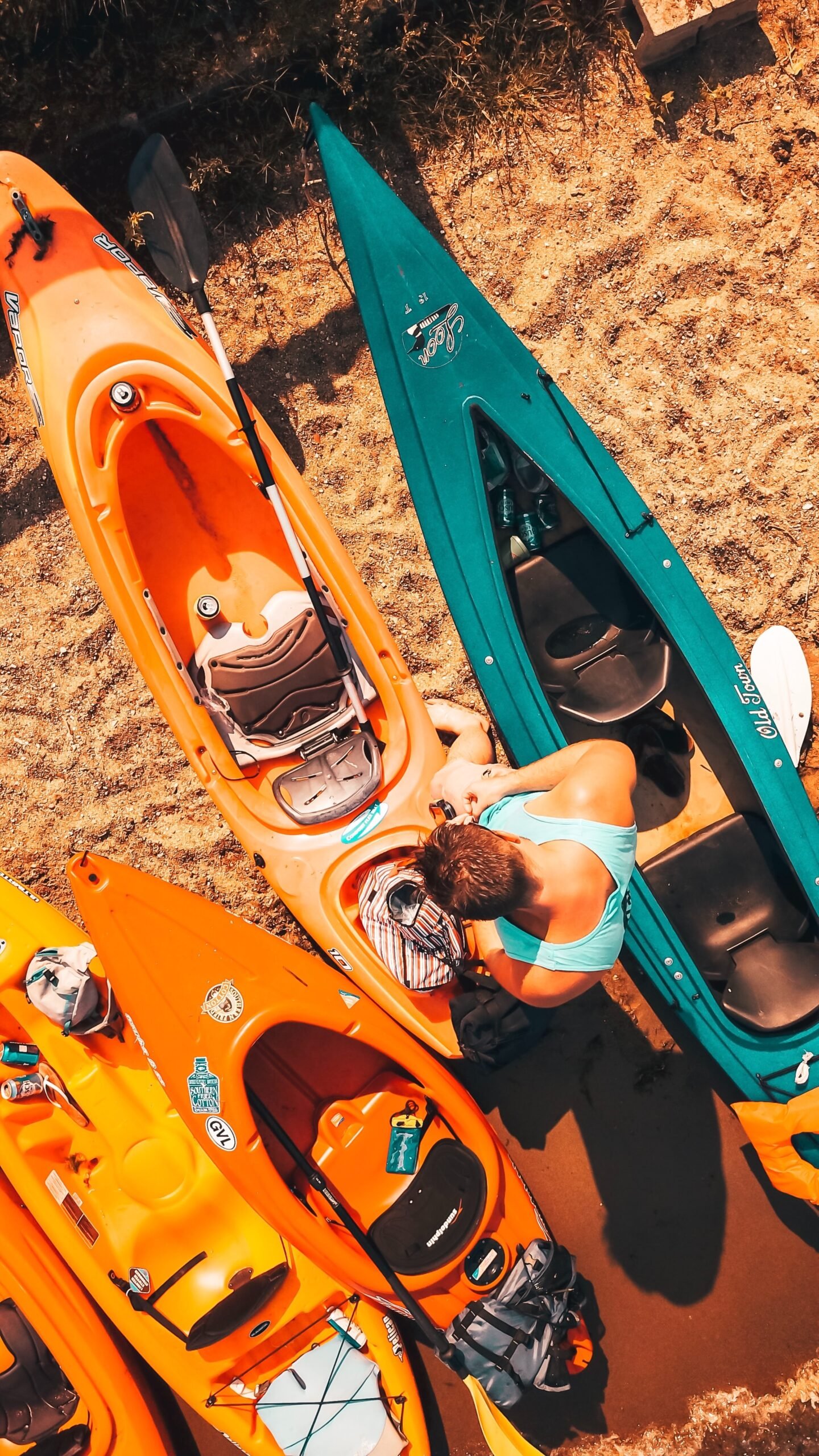As an avid angler, your kayak is not just a means of transportation but also a crucial tool for your fishing adventures. To ensure that your kayak performs optimally and lasts for years to come, regular maintenance is essential. In this blog post, we will discuss some key tips and tricks for maintaining your kayak specifically for fishing purposes.
1. Cleaning and Storage
After each fishing trip, it is important to thoroughly clean your kayak to remove any saltwater, sand, or dirt that may have accumulated. Use a mild detergent and a soft brush to clean the kayak’s hull, deck, and other components. Rinse it well with freshwater and allow it to dry completely before storing.
When it comes to storage, keep your kayak in a cool, dry place away from direct sunlight. Exposure to prolonged sunlight can cause the kayak’s material to degrade over time. If possible, store it indoors or use a kayak cover to protect it from the elements.
2. Inspecting and Repairing
Regularly inspect your kayak for any signs of damage or wear. Check for cracks, dents, or loose fittings. Pay close attention to the areas where accessories such as rod holders, fish finders, or anchor systems are installed. If you notice any issues, address them promptly to prevent further damage.
For minor repairs, such as small cracks or scratches, you can use a kayak repair kit to fix them yourself. Follow the manufacturer’s instructions and ensure that the repaired area is smooth and properly sealed. For major repairs or if you are unsure about the extent of the damage, it is recommended to consult a professional.
3. Lubricating and Maintaining Hardware
Regularly lubricate the moving parts of your kayak, such as the rudder system, pedals, and hinges, to prevent corrosion and ensure smooth operation. Use a marine-grade lubricant or silicone spray for this purpose. Be sure to wipe off any excess lubricant to avoid attracting dirt or debris.
Additionally, check the tightness of all hardware, including screws, bolts, and nuts. Over time, these can become loose due to vibrations or constant use. Tighten them as needed, but be careful not to overtighten, as it can strip the threads or damage the kayak’s material.
4. Protecting the Kayak’s Finish
To protect the finish of your kayak and enhance its longevity, consider applying a UV protectant or wax. This will help prevent fading, chalking, and oxidation caused by exposure to sunlight. Follow the manufacturer’s instructions for application and reapplication frequency.
When transporting your kayak, use padded or foam kayak racks and tie-down straps to secure it to your vehicle. This will prevent any scratches or damage during transit. Avoid dragging or sliding the kayak on rough surfaces, as it can cause abrasions or weaken the hull.
5. Paddle Maintenance
A well-maintained paddle is crucial for efficient and enjoyable kayaking. Rinse your paddle with freshwater after each use to remove any saltwater or debris. Inspect the blades for any cracks or damage and replace them if necessary. Store your paddle in a dry place, away from extreme temperatures.
Regularly check the tightness of the paddle’s ferrule, which connects the two pieces of the paddle. If it becomes loose, tighten it according to the manufacturer’s instructions. Lubricate the ferrule with a silicone-based lubricant to ensure smooth operation.
Maintaining your kayak is not only a matter of prolonging its lifespan but also ensuring your safety and enjoyment on the water. By following these simple maintenance tips, you can keep your fishing kayak in excellent condition and ready for your next angling expedition. Remember, a well-maintained kayak will enhance your overall fishing experience and provide you with many memorable moments on the water.
FAQs
- How often should I clean my kayak? Regularly, ideally after each use, to prevent debris buildup.
- What materials can I use to patch a crack in my kayak? Epoxy or specialized kayak repair kits work well for most cracks.
- Can I store my kayak outdoors? Yes, but it’s recommended to use protective covers and choose shaded areas.
- When should I seek professional maintenance for my kayak? If you notice significant damages or if you’re unsure about handling repairs yourself.
- How can I best protect my kayak during winter? Store it in a cool, dry place and take preventive measures against freezing temperatures.

